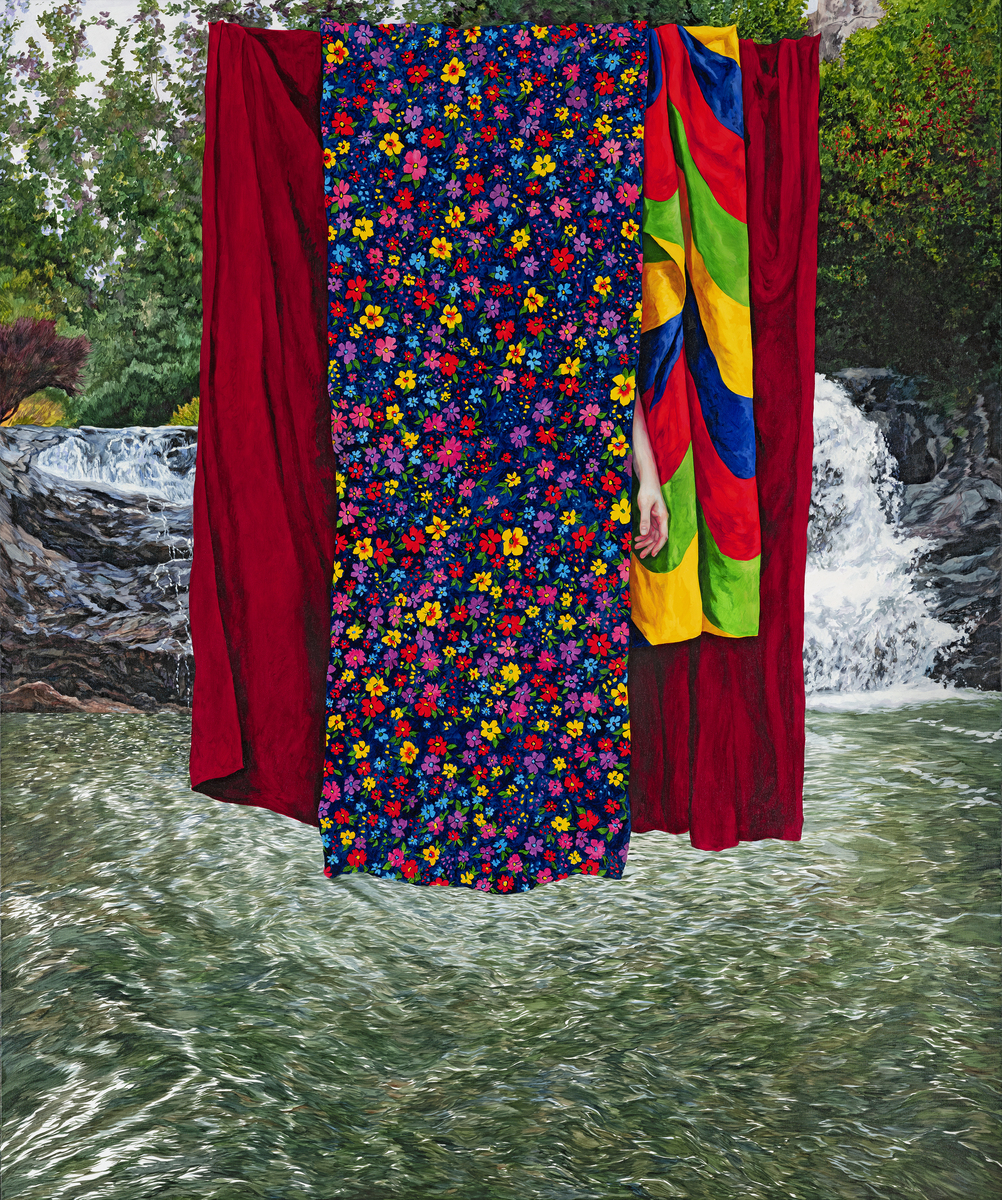Go where it goes
Sophie Gannon Gallery
17 Sep 2024 – 05 Oct 2024

Over the past decade, painter Monica Rohan has developed a singular, yet evolving oeuvre, comprising portraits of female figures hiding in, or collapsing under, the weight of layers of richly patterned fabrics. The faces of their subjects are rarely, if ever, revealed.
Go where it goes extends Rohan’s ongoing exploration of concealed figures, richly patterned fabrics, and lush foliage, this time incorporating different bodies of water. The twelve works in the exhibition depict aqueous sites of significance for the artist, be it Queensland, New South Wales, Tasmania or New Zealand’s pristine South Island.
Rohan composes the foreground of her images by resolutely analogue means, draping blankets, rugs and towels over a hills hoist clothesline in her backyard. The artist photographs these setups, transposing them (in paint) onto coastal, creek and riverine landscapes. In this way, Rohan’s paintings reflect the role of technology in how images are consumed and produced in the 21st century; the ability for the artist to envision her compositions hovering above an unspoilt, natural wilderness is only possible through digital photography and editing processes. Similarly, the audience’s visual comprehension of such imagery reflects the pervasiveness of these technologies.
Fabric and water are arguably two of the hardest subjects to capture in paint; they are fluid, light sensitive and shapeshifting. The exhibition’s titular painting features bold floral textiles in a subdued palette, featuring not one, but two, visible hands; one resting at the side, and the other peering out through the middle of the fabric curtain. As with other works in the exhibition, these appendages are not attached to a body. go where it goes is also notable for its close framing of verdant foliage and water rushing down a rocky stream.
It is interesting to consider Rohan’s subject matter in relation to the environmental impact of the global textiles industry. In 2017, the Ellen McCarthur Foundation estimated that the production of textiles (including cotton farming) used around 93 billion cubic metres of water annually, representing 4% of global freshwater withdrawal, with that figure expected to increase tenfold over the following decade (1).
Rohan’s collaging of patterned textiles onto unspoilt bodies of water and surrounding environments are highly theatrical (the foregrounding of curtains of fabric is a literal framing of “the stage”) but deliberate. Rohan wants us to see the inherent contradiction, absurdity even, of the juxtaposition. In a 1993 lecture and related series of text paintings, the late Australian conceptual artist Ian Burn posited that “a landscape is not something you look at but something you look through”. (2) In making these paintings, Rohan asks the viewer to step into the liminal space between the foreground and landscape, to reflect on their individual connections to place, and their agency in the cycle of consumption and its impact on the most precious and finite of resources. Excerpt of exhibition essay by Hamish Sawyer, 2024.
1. A New Textiles Economy: Redesigning Fashion’s Future, Ellen Macarthur Foundation, United Kingdom, 2017, p.38.
https://emf.thirdlight.com/file/24/uiwtaHvud8YIG_uiSTauTlJH74/A%20New%20Textiles%20Economy%3A%20Redesigning%20fashion’s%20future.pdf
Accessed 1/9/24.
2. Ian Burn, “A landscape is not something you look at but something you look through”, Lecture, 1993, University of New South Wales, Sydney, Australia.
https://www.tandfonline.com/doi/pdf/10.1080/03146464.1994.11432828
Accessed 1/9/24.
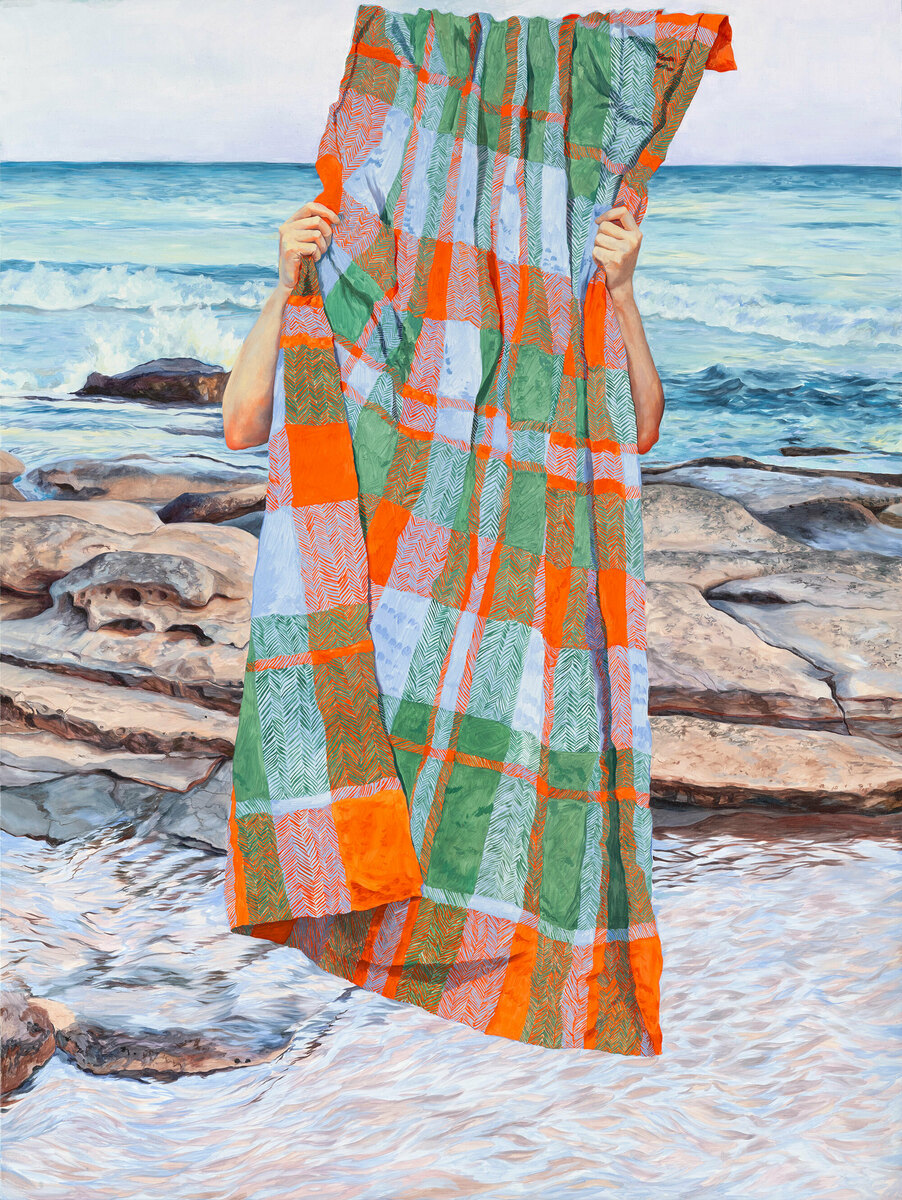
Monica RohanAll these things 2024oil on canvas122 x 91.5 cm●●
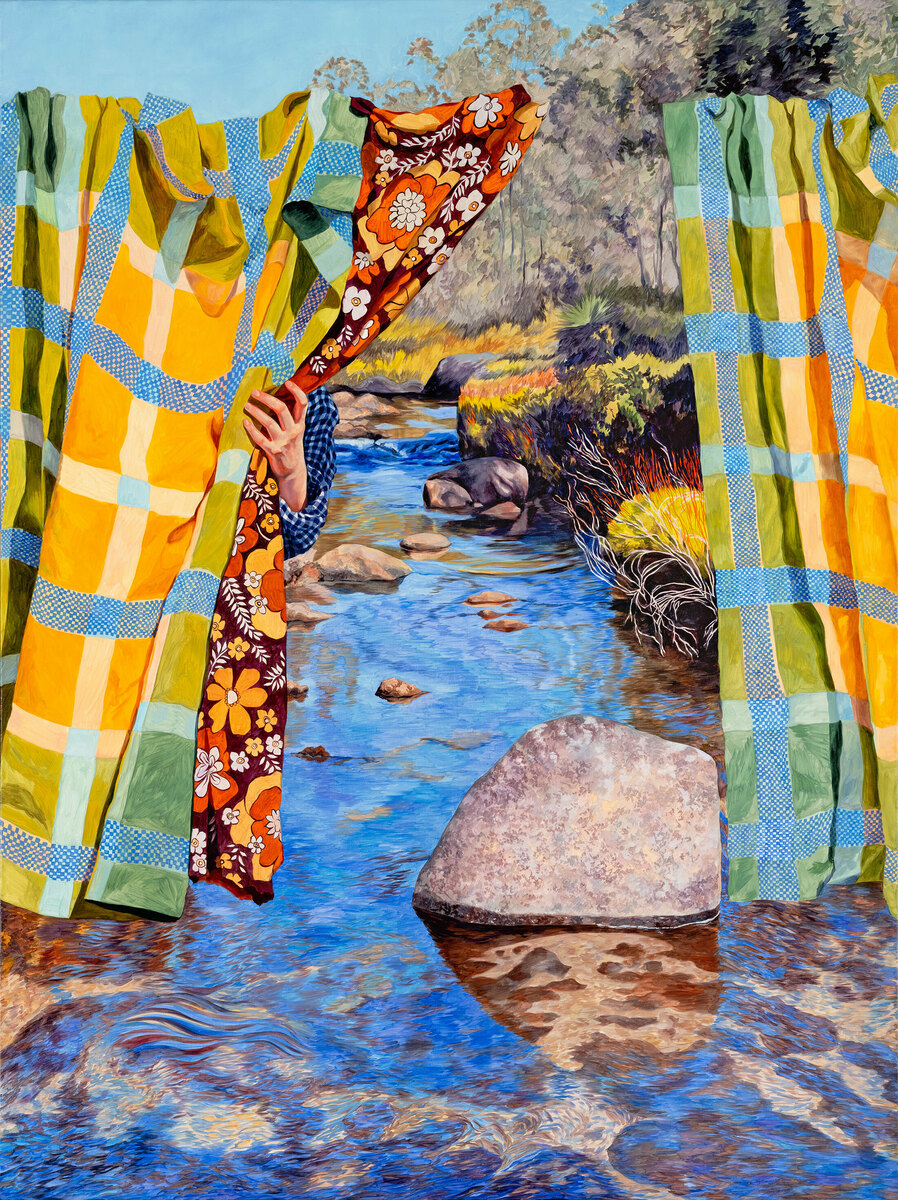
Monica RohanDownstream 2024oil on canvas122 x 91.5 cm●●
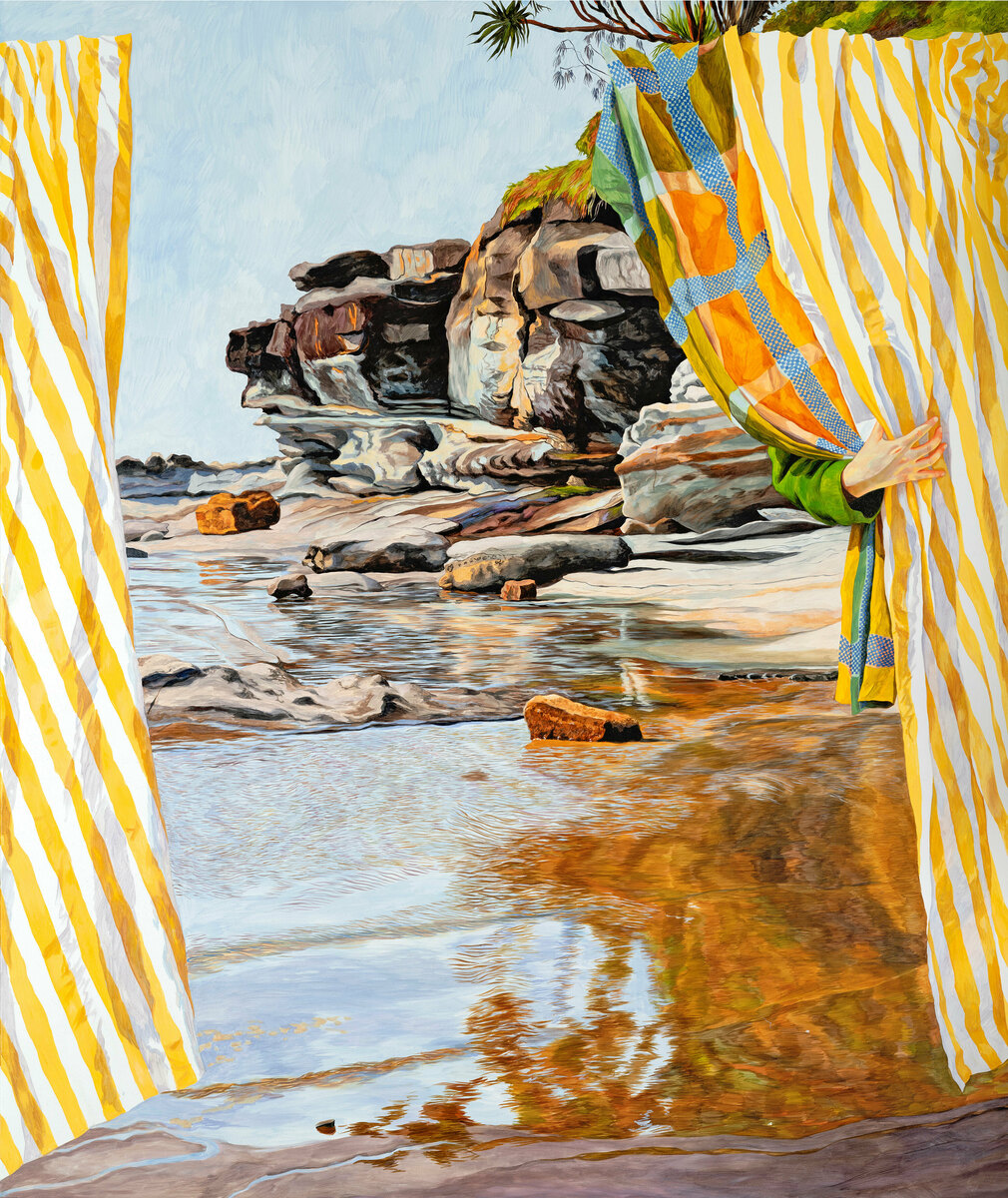
Monica RohanAppearing as dreams 2024oil on canvas183 x 152.5 cm●●
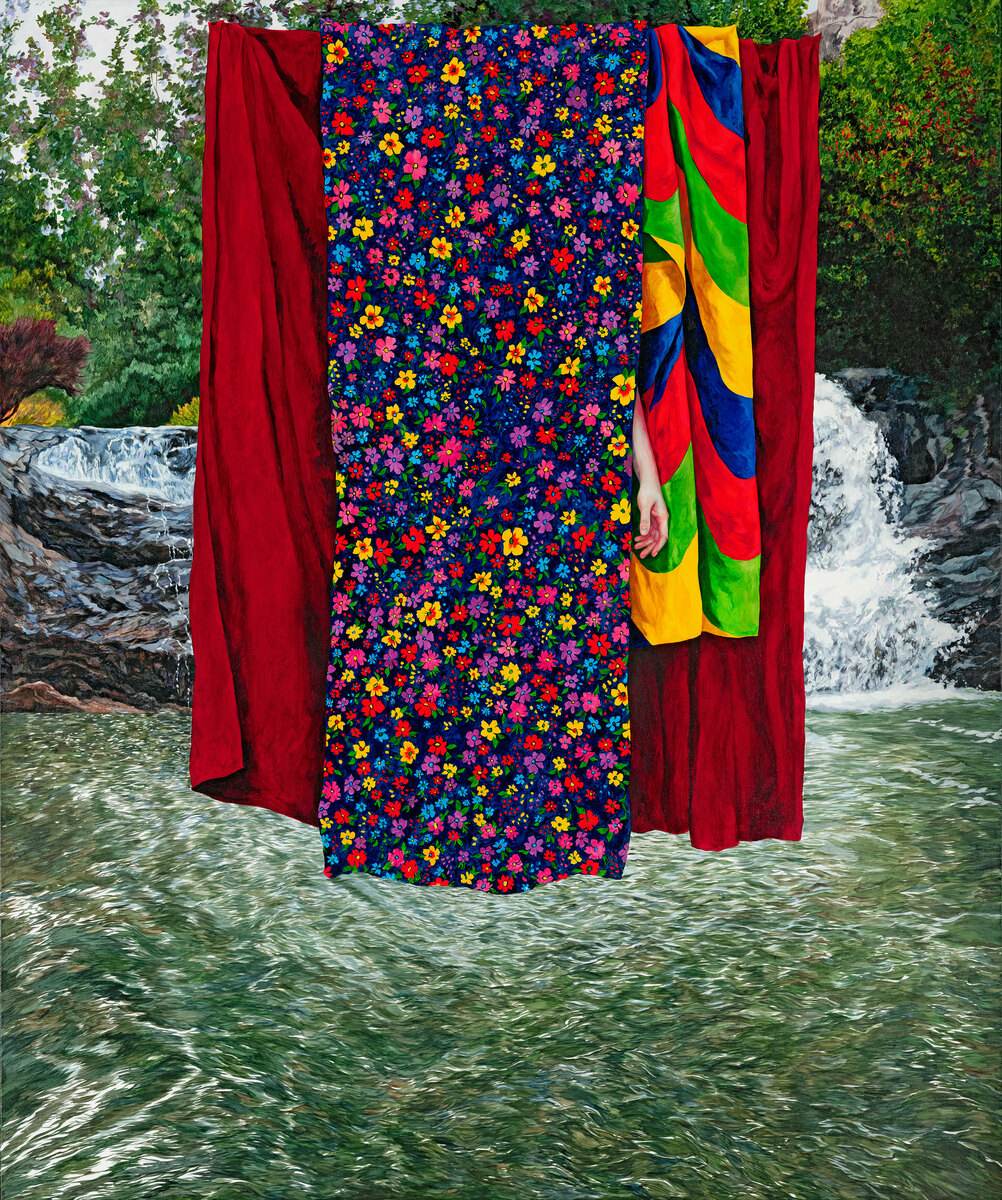
Monica RohanFalls 2024oil on canvas183 x 152.5 cm●●
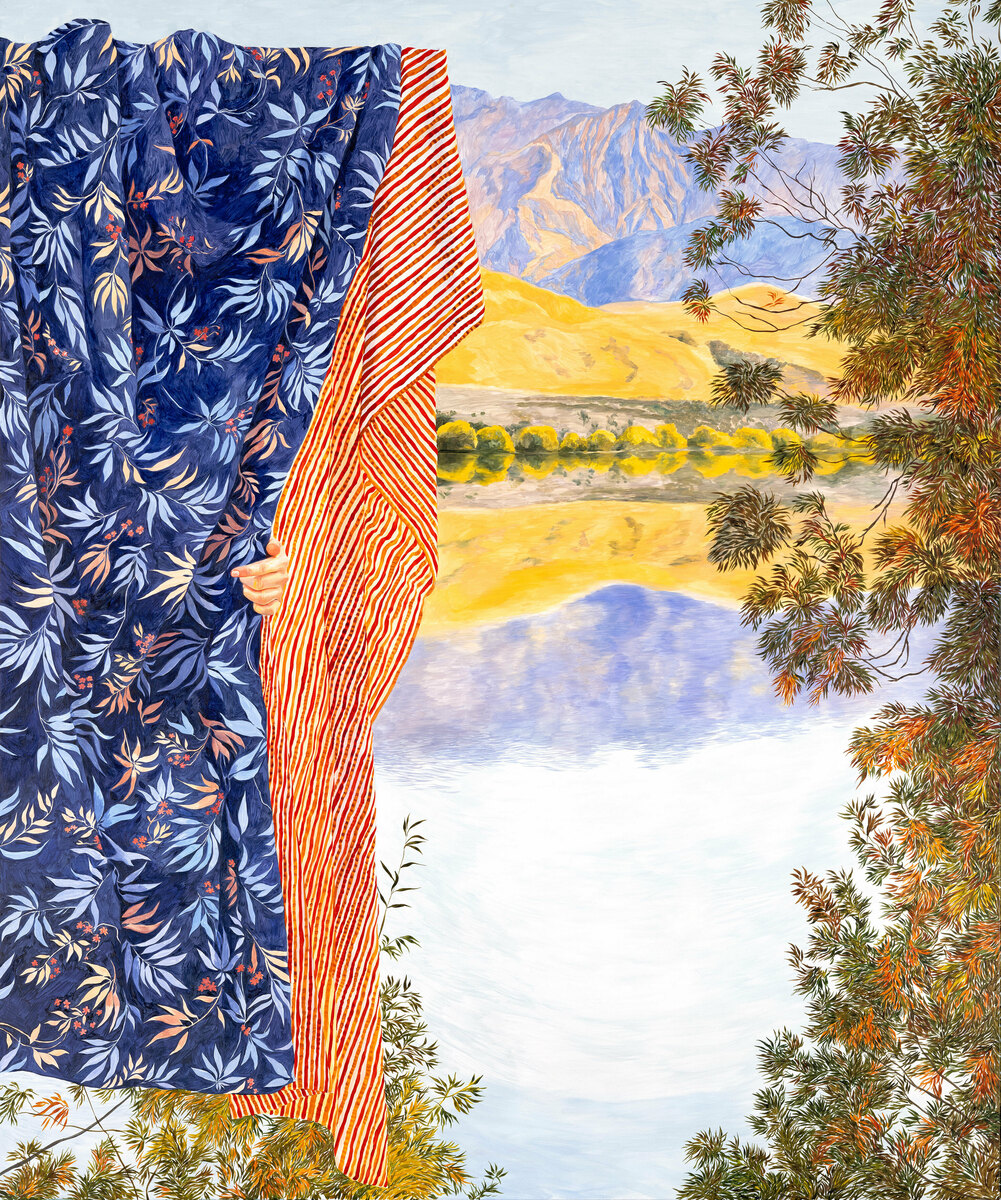
Monica RohanGlass 2024oil on canvas183 x 152.5 cm$26,000.00
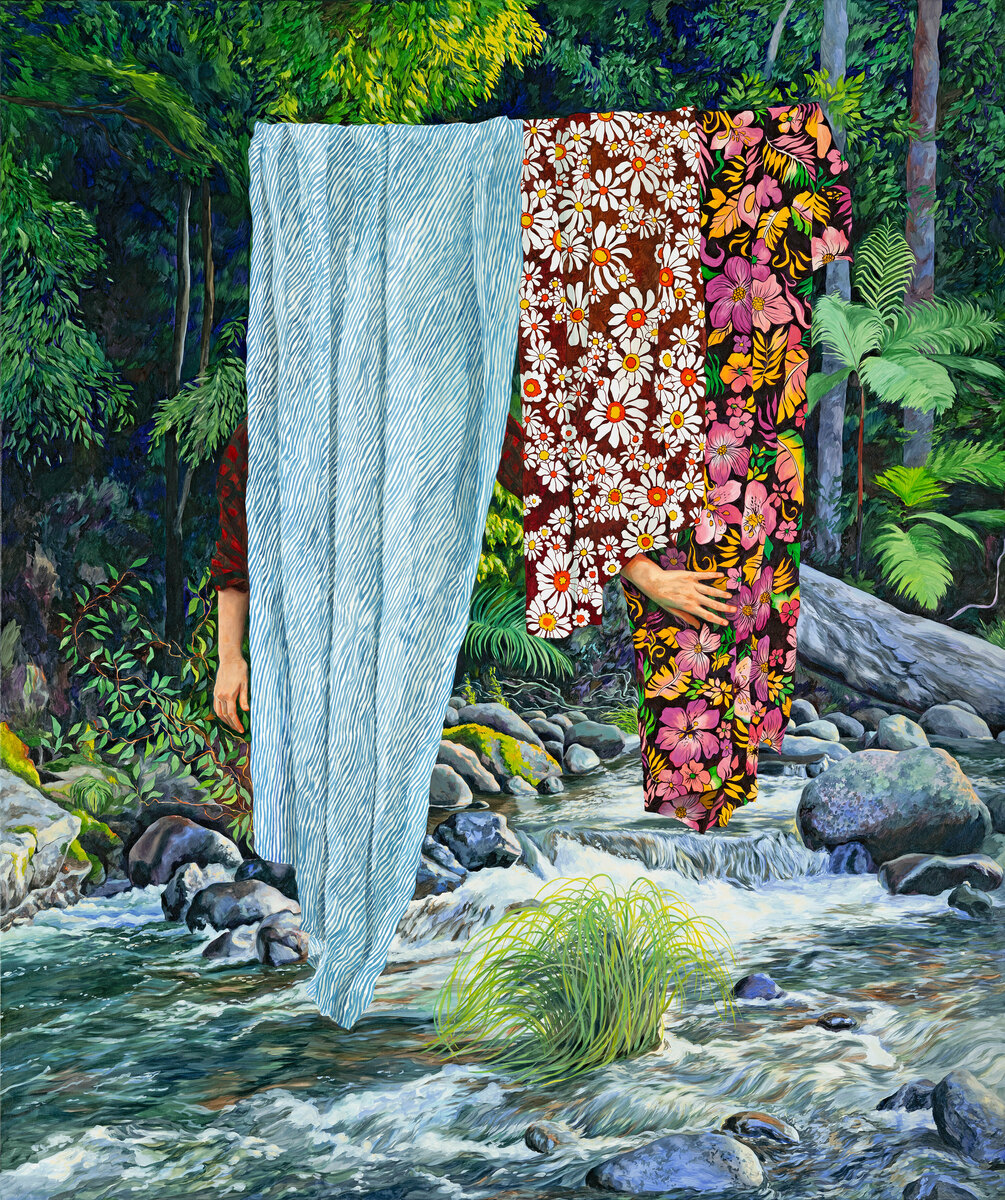
Monica RohanGo where it goes 2024oil on canvas183 x 152.5 cm●●

Monica RohanArrow 2024oil on canvas122 x 91.5 cm●●
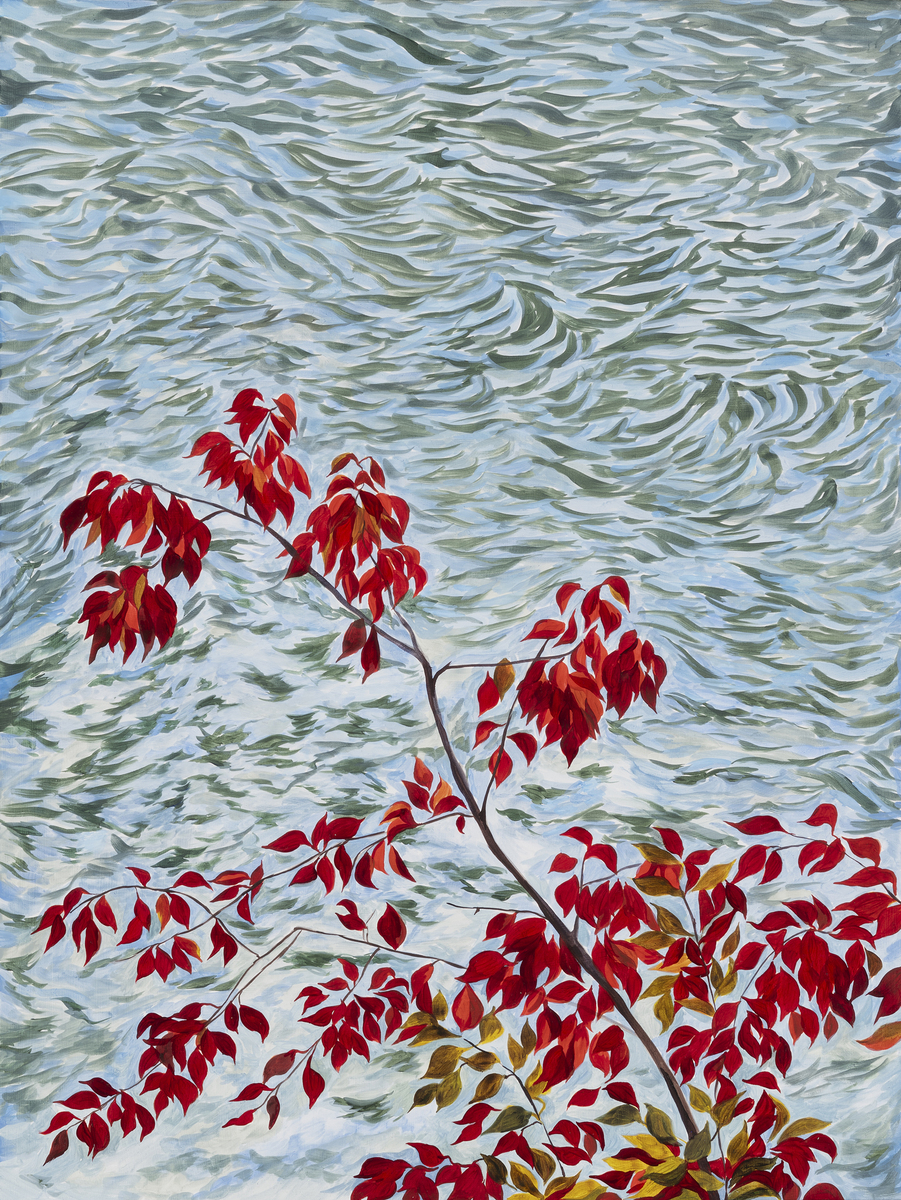
Monica RohanArrowtown study 2024oil on board40 x 30 cm●●

Monica RohanDown in the waves 2024oil on canvas122 x 183 cm●●
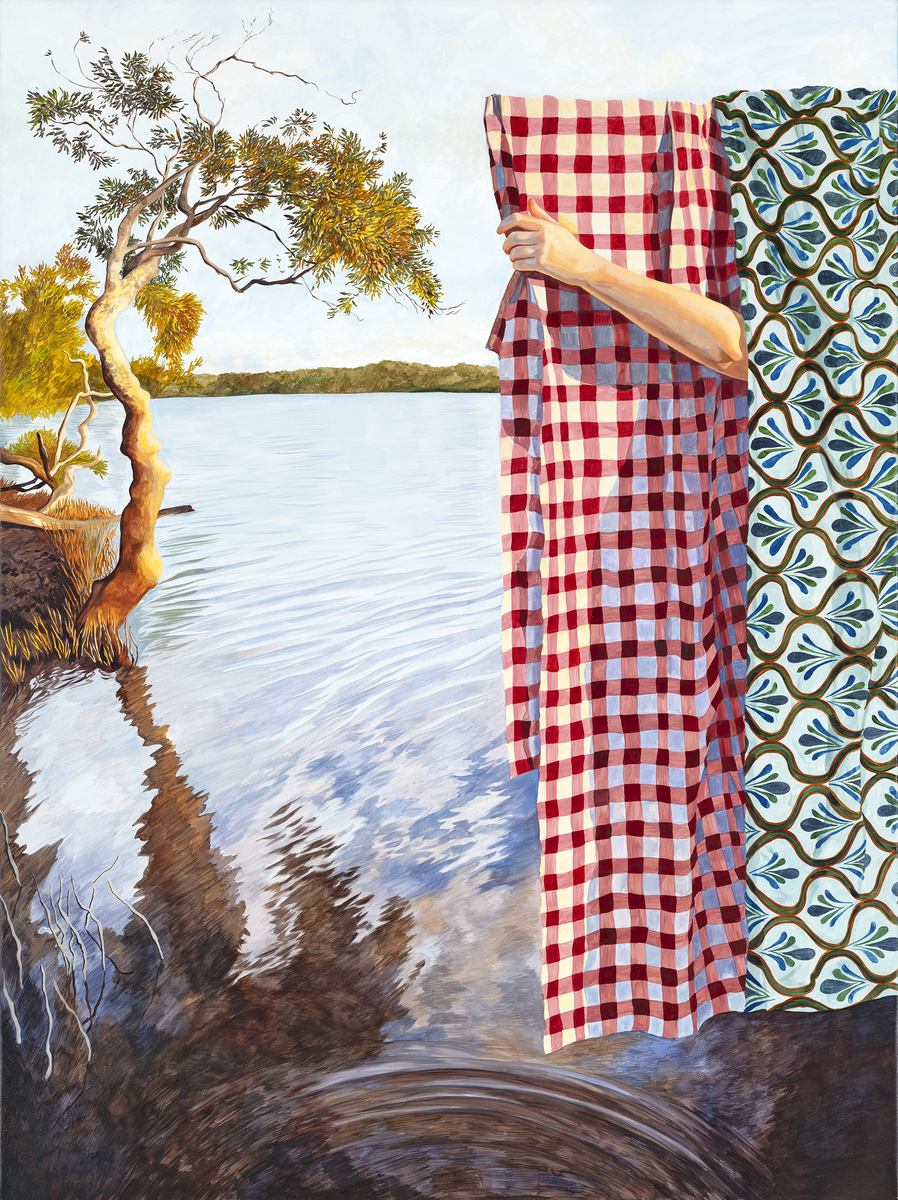
Monica RohanEcho 2024oil on canvas122 x 91.5 cm●●
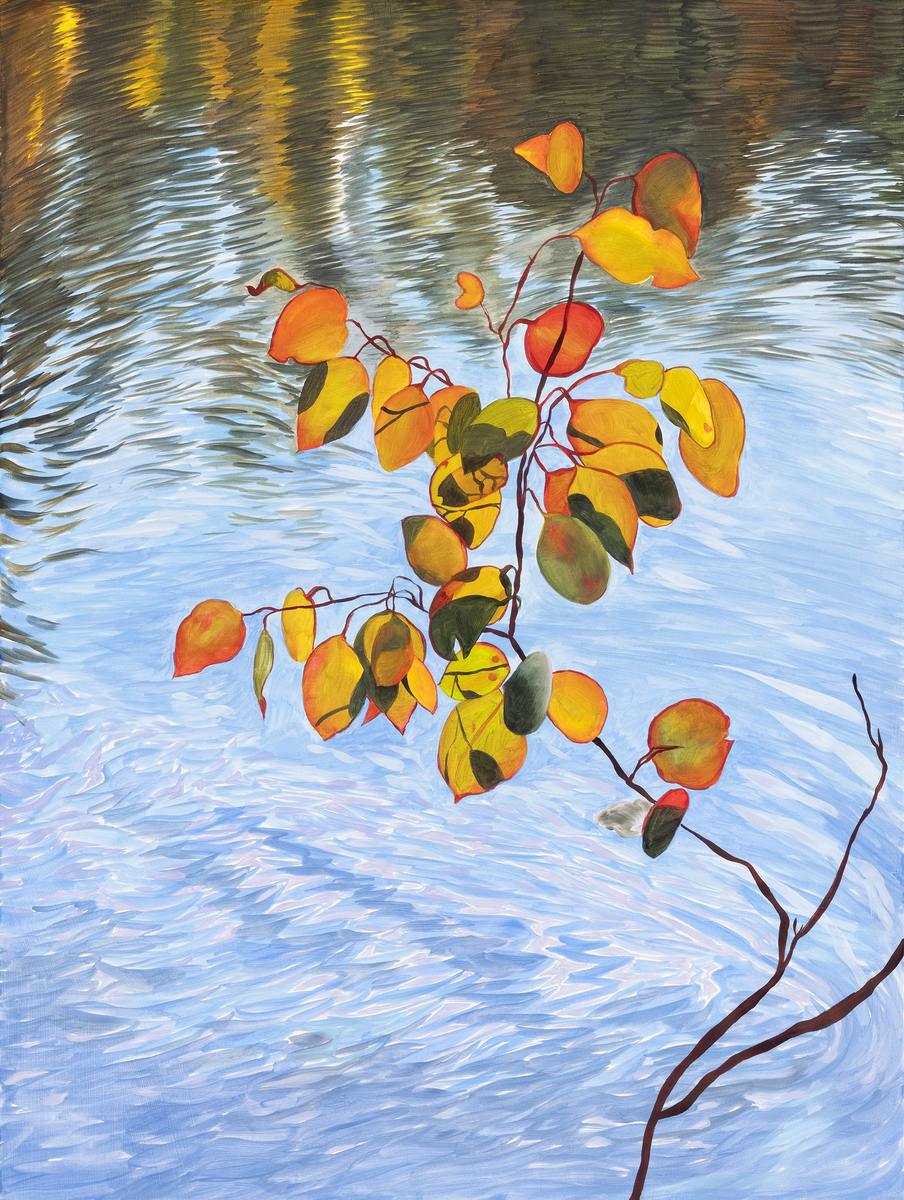
Monica RohanGirraween study 2024oil on board40 x 30 cm●●
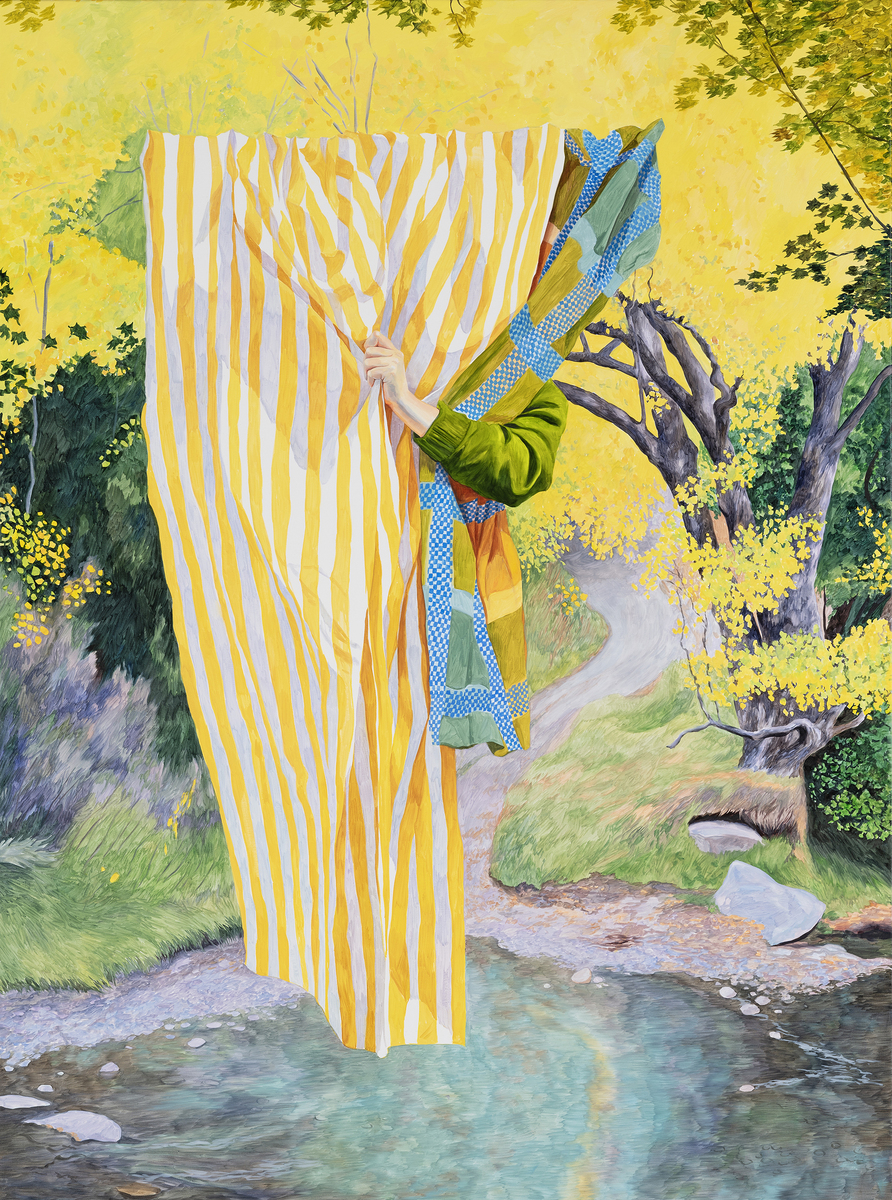
Monica RohanWeave 2024oil on canvas122 x 91.5 cm●●
